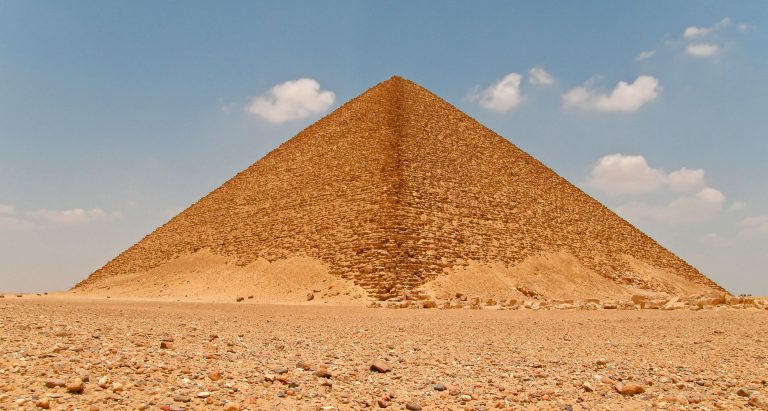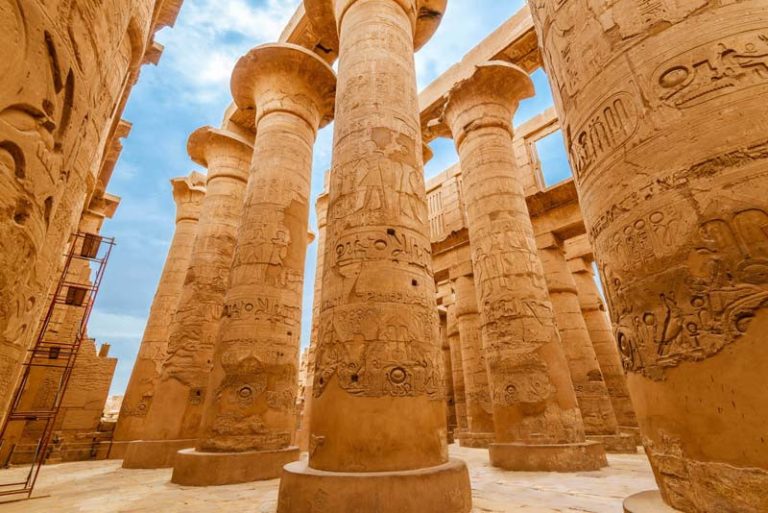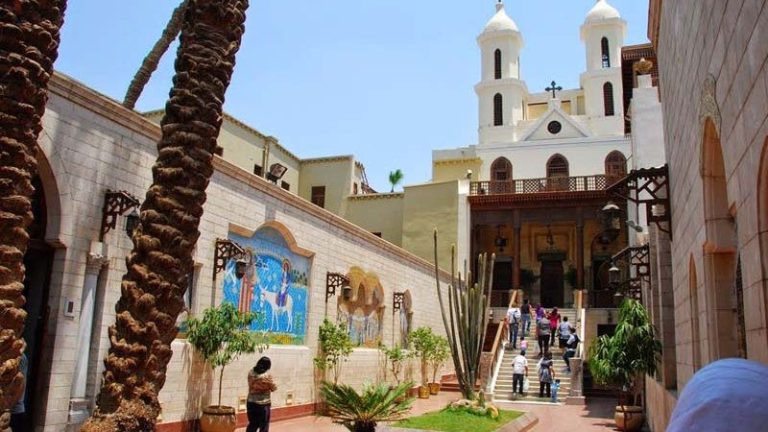The National Museum of Egyptian Civilization (Cairo): A Gateway to Egypt’s Rich Heritage
 The National Museum of Egyptian Civilization (NMEC), located in the heart of Cairo, is a groundbreaking institution dedicated to showcasing the rich and diverse history of Egypt. As the first museum in the Arab world to focus on the entirety of Egyptian civilization, the NMEC offers a unique journey through time, from prehistoric eras to modern times. This article provides a detailed overview of the museum, its exhibits, significance, and visitor information, targeting the most important keywords for Google Search.
The National Museum of Egyptian Civilization (NMEC), located in the heart of Cairo, is a groundbreaking institution dedicated to showcasing the rich and diverse history of Egypt. As the first museum in the Arab world to focus on the entirety of Egyptian civilization, the NMEC offers a unique journey through time, from prehistoric eras to modern times. This article provides a detailed overview of the museum, its exhibits, significance, and visitor information, targeting the most important keywords for Google Search.
1. Overview of the National Museum of Egyptian Civilization
Location and Accessibility
Location: Situated in Fustat, the historic area of Old Cairo, the museum is easily accessible from downtown Cairo and major tourist attractions.
Proximity to Landmarks: The museum is close to the Cairo Citadel, Amr Ibn Al-Aas Mosque, and the Nile River, making it a central hub for cultural exploration.
Mission and Vision
The NMEC aims to preserve and present Egypt’s cultural heritage, highlighting the continuity and evolution of its civilization over thousands of years.
2. History and Development
Concept and Planning
Inception: The idea for the NMEC was conceived in the 1980s as part of a UNESCO initiative to create a museum dedicated to Egyptian civilization.
Design: The museum’s modern design blends seamlessly with its historic surroundings, featuring a circular building symbolizing the eternal nature of Egyptian culture.
Construction and Opening
Construction: Began in 2004 and was completed in 2017.
Opening: The museum officially opened in 2021, with a grand ceremony that included the Royal Mummies Parade, a historic event that transferred 22 royal mummies from the Egyptian Museum in Tahrir Square to the NMEC.
3. Architectural Design
Exterior Design
Modern Aesthetic: The museum’s architecture reflects a blend of contemporary and traditional Egyptian styles, with a focus on sustainability and functionality.
Landscaping: The surrounding gardens and water features create a serene environment, enhancing the visitor experience.
Interior Layout
Main Hall: The central hall features a timeline of Egyptian history, guiding visitors through different eras.
Exhibition Galleries: The museum houses nine thematic galleries, each focusing on a specific aspect of Egyptian civilization, such as Pharaonic, Coptic, and Islamic periods.
Royal Mummies Hall: A state-of-the-art gallery showcasing the royal mummies of ancient Egypt’s most famous pharaohs, including Ramses II and Hatshepsut.
4. Exhibits and Collections
Highlights of the Collection
Royal Mummies: The museum’s crown jewel, featuring 22 royal mummies displayed in a climate-controlled, dimly lit hall to preserve their integrity.
Pharaonic Artifacts: Statues, jewelry, and tools from ancient Egypt, including items from the Old Kingdom, Middle Kingdom, and New Kingdom.
Coptic and Islamic Art: Exhibits showcasing the rich cultural heritage of Egypt’s Christian and Islamic periods, including manuscripts, textiles, and ceramics.
Modern Egypt: A gallery dedicated to Egypt’s contemporary history, highlighting its contributions to art, science, and culture.
Interactive and Educational Features
Virtual Reality Tours: Visitors can explore ancient Egyptian sites and artifacts through immersive VR experiences.
Workshops and Lectures: The museum offers educational programs for students, scholars, and the general public.
5. Significance and Impact
Cultural Importance
The NMEC is a symbol of Egypt’s commitment to preserving and promoting its cultural heritage.
It serves as a bridge between the past and the present, showcasing the continuity of Egyptian civilization.
Tourism and Economy
The museum is expected to attract millions of visitors annually, boosting Egypt’s tourism industry and economy.
It positions Egypt as a global leader in cultural and heritage tourism.
6. Visiting the National Museum of Egyptian Civilization
Location and Accessibility
The museum is easily accessible from downtown Cairo, with shuttle services available from major hotels and tourist areas.
Tickets and Hours
Tickets can be purchased online or at the museum entrance, with discounts for students and groups.
The museum is open daily, with extended hours during peak tourist seasons.
Guided Tours
Professional guides are available to provide in-depth insights into the exhibits and ancient Egyptian history.




